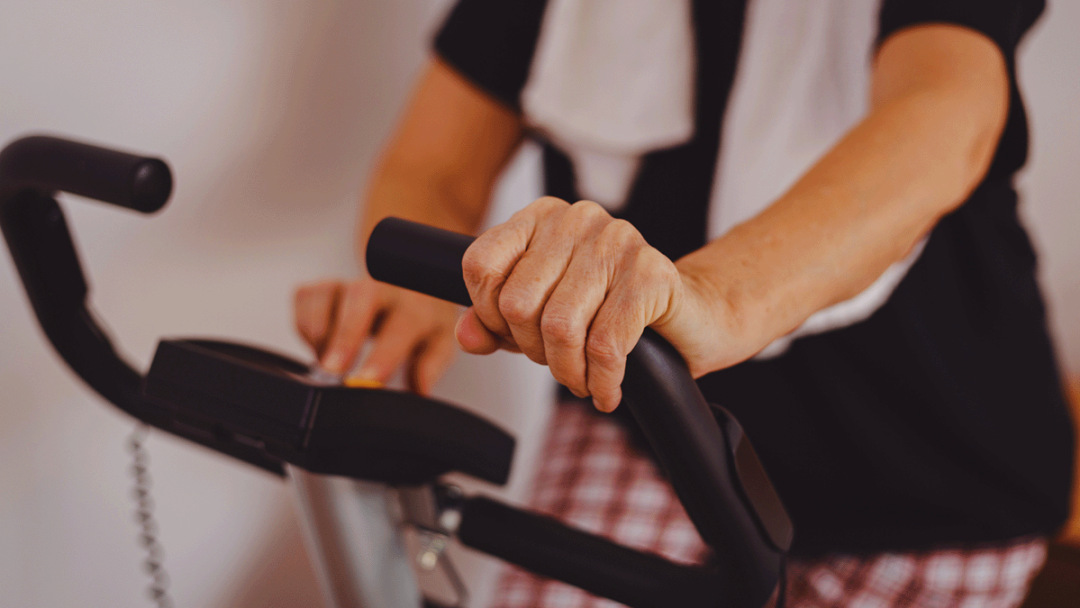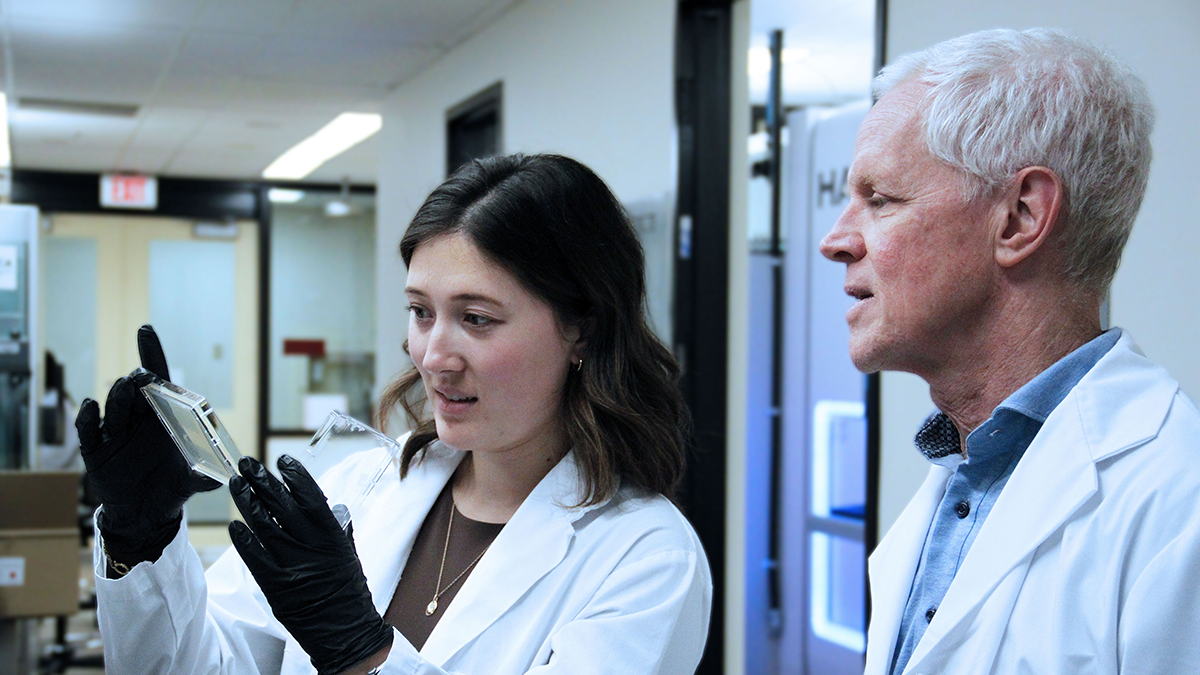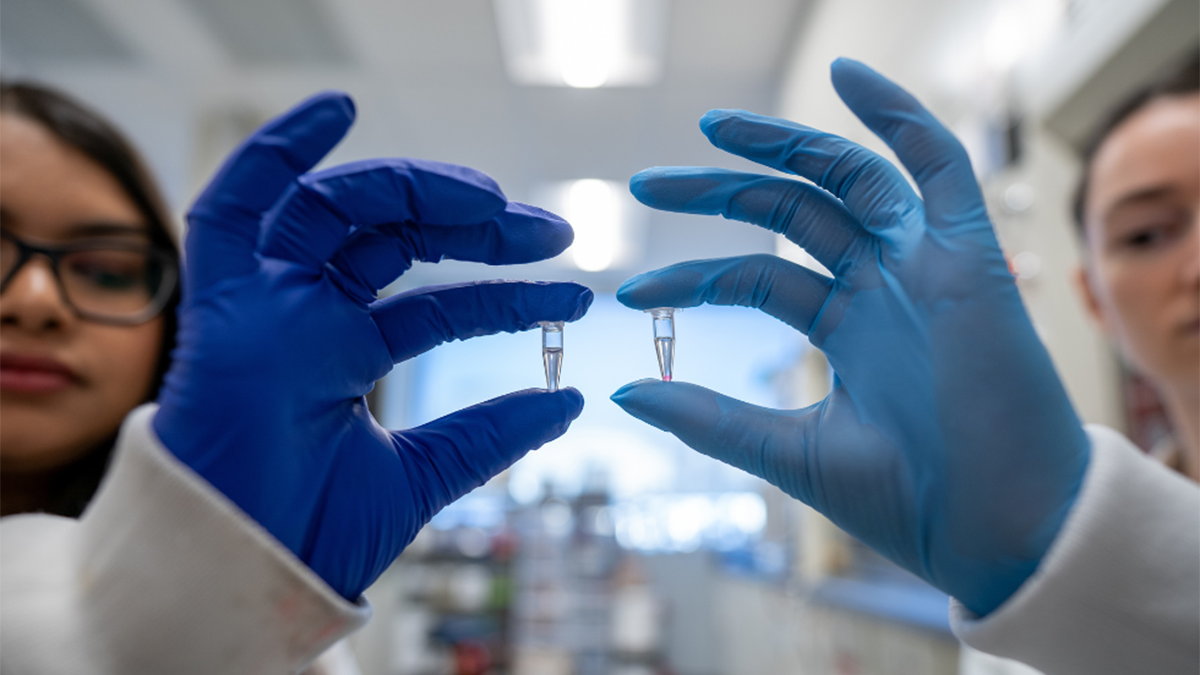One-minute bursts of high-intensity exercise best after a stroke

High-intensity exercise is not just beneficial for athletes and healthy adults, in fact, new research led by McMaster University has found it to helpful for people recovering from a stroke.
The research, published in Stroke on Aug. 8, 2024, found that one-minute bursts of high-intensity interval training over 19 minutes was more effective than traditional moderate exercise for improving the body’s aerobic fitness after a stroke.
“With the right support and guidance, stroke survivors can safely and effectively engage in high-intensity interval training, significantly improving their overall health and recovery,” says lead author Kevin Moncion, an assistant clinical professor with McMaster’s School of Rehabilitation Science.
The study found fitness levels doubled in participants in the high-intensity interval training group compared to those in the moderate intensity group. Researchers say the level of fitness changes in the high-intensity interval training group are associated with improved survival and lower risk of stroke-related hospitalizations.
“This is the first randomized trial to examine a time-efficient, high-intensity interval training program to incorporate a phased and progressive approach,” said senior author Ada Tang, professor and assistant dean with the School of Rehabilitation Science.
“We also used an adaptive recumbent stepper, which we believe allowed more people, even those who cannot walk on a treadmill, to participate in high-intensity interval training.”
The multi-site trial took place between September 2018 and March 2024 and included participants between six months to five years after a stroke. Researchers randomly grouped participants to receive three days of high-intensity interval training for 12 weeks or three days of moderate exercise over the same period.
The high-intensity interval training protocol involved 10 one-minute periods of high-intensity exercise, interspersed with nine one-minute low-intensity intervals, for 19 minutes total. The moderate intensity continuous training involved 20 to 30 minutes of steady exercise at moderate intensity.
The study did have its limitations. Physically, study participants were higher-functioning stroke survivors who were at lower risk for heart disease. The COVID-19 pandemic also impacted the study, as enrolment and exercise for the trial was halted for two years, thus inflating the rate of participates who left the study and potentially limiting the statistical power of the analysis.
According to the American Heart Association, 795,000 people experience a new or recurrent stroke each year.
Future research should examine stroke survivors with more severe impairment in physical function or heart disease risk, according to the study authors.
The study was funded by the Canadian Institutes of Health Research.
Research, School of Rehab ScienceRelated News
News Listing

5 days ago

Department of Medicine ➚
Pain to progress: An impactful history of lupus research and care at McMaster
Collaborations & Partnerships, Education, Research
December 20, 2024

Brighter World ➚
McMaster research in 2024: From AI innovation to breakthroughs in health care
Research
December 17, 2024
